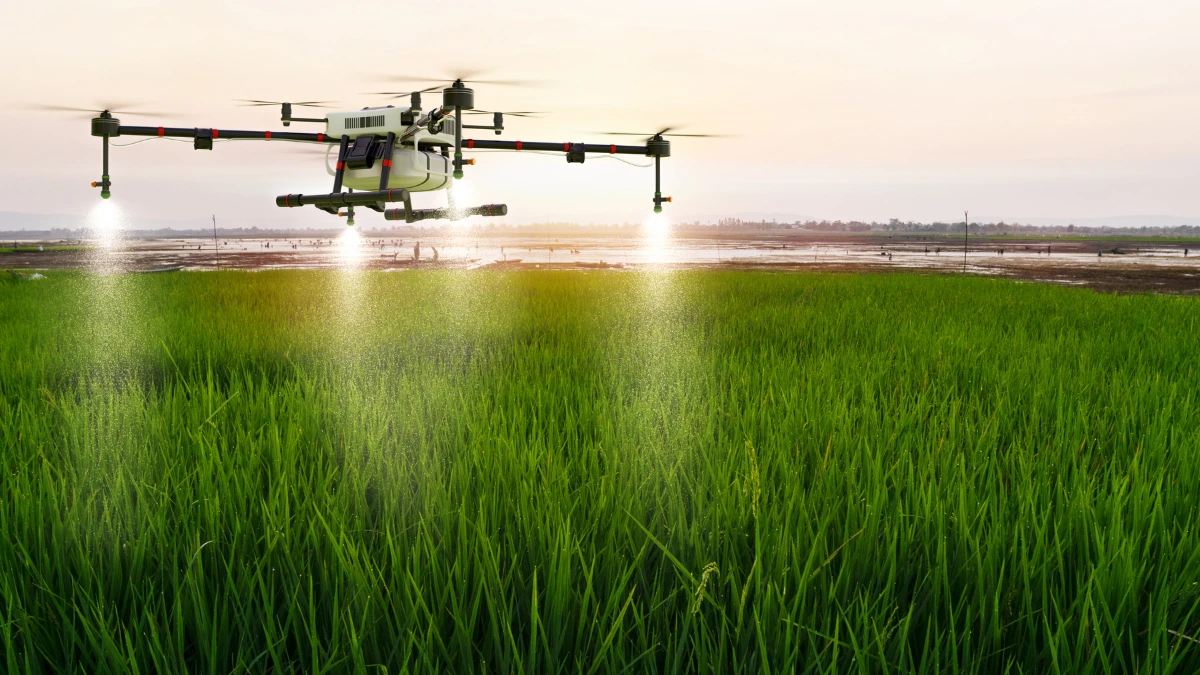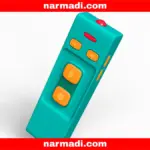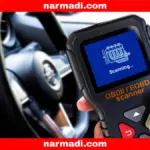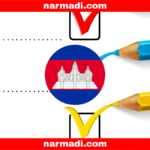Drones have many benefits in various sectors, one of which is agriculture. Seed spreader drones are an innovative design, specifically engineered to spread seeds from the air.
Seed spreader drones offer numerous benefits to agriculture, including accurate and precise planting, as well as the ability to plant in challenging areas, thereby reducing the risk of chemical exposure.
This article will provide information about seed spreader drones, including their definition, how they work, their functions, examples of their application, their benefits, and regulations governing their use in Indonesia.
Also Read
Table of Contents
What is a Seed Spreader Drone?
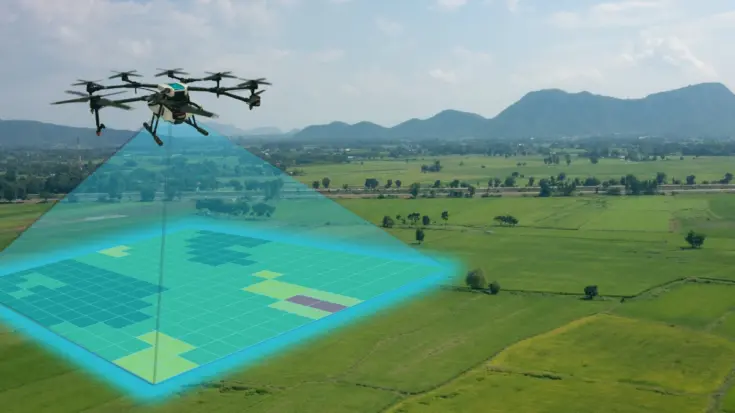
A seed spreader drone is an agricultural drone designed to automatically spread seeds. This device allows farmers to quickly and accurately sow seeds over large areas, making seed distribution on farmland more efficient.
This capability is due to the drone being equipped with an integrated seed spreading system. Additionally, the device is fitted with a sensor system that enables land mapping and precise seed distribution.
How Does a Seed Spreader Drone Work?
Seed spreader drones work by scattering seeds over designated agricultural areas using an integrated seed spreading system. Here is how it works in detail:
- Flight planning: The drone operator plans the flight path to determine the seed spreading area and other parameters using special software.
- Seed loading: Seeds are loaded into the hopper or seed storage container on the drone.
- Flight: The drone takes off and flies along the predefined route, assisted by sensors to maintain the correct altitude and position.
- Seed spreading: Seeds are automatically released according to the predefined plan.
- Data collection: After seed dispersal is complete, the drone can collect data on land conditions that can be used for further monitoring and planning of other agricultural activities.
The Function of Seed Spreader Drone
The seed spreader drone has several functions, from faster and more efficient speed dispersal to preventing land damage. Here are some of its functions:
- Faster and more efficient seed dispersal: Drones can disperse seeds at a much higher speed than manual methods.
- More even seed dispersal: Seeds are dispersed more evenly across the area, increasing the potential for optimal plant growth.
- Prevents land damage: There is minimal potential for land damage caused by human activity because seed dispersal is carried out in the air.
The Application of Seed Spreader Drone
With many functions provided by seed spreader drones, this device is applied for some necessary purposes. The following are examples of the application:
- Agricultural land cultivation
- Land restoration
- Reforestation
- Fertilization
The Benefits of Seed Spreader Drone
Using a seed spreader drone provides many benefits, especially for accurate and precise planting, and can plant in difficult areas, reducing the risk of chemical exposure. Here are some of the main benefits:
1. Accurate and precise planting
One of the benefits of seed spreader drones is their ability to plant accurately and precisely. The device can be programmed to spread seeds in a precise pattern, maximizing distribution and reducing seed waste.
2. Increased productivity
With their ability to plant efficiently and accurately, drones can increase farmer productivity. With increased productivity, this can also lead to higher crop yields.
3. Can be planted in difficult areas
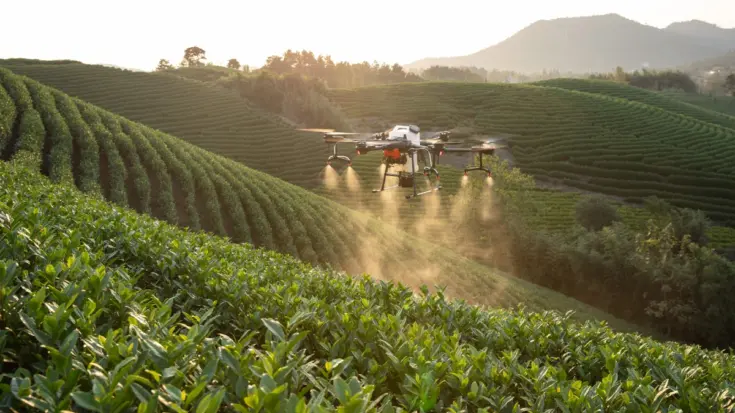
Some areas are difficult to plant using traditional methods, but with drones, areas that are difficult for humans to reach can still be used for planting. So farmers can further increase their productivity by planting on steep, swampy, or remote land.
4. Real-time land monitoring
Some seed spreader drone models are equipped with cameras and sensors for real-time land monitoring. This will also greatly assist farmers in making better decisions.
5. Reducing the risk of chemical exposure
With drones, pesticides or other chemicals are sprayed remotely from the air. This certainly makes farmers safer because it reduces the risk of direct exposure to chemicals.
Seed Spreader Drone Regulation in Indonesia

The seed spreader drone uses wireless communication technologies that operate within a specific frequency spectrum. In Indonesia, a wireless device is required to have a DJID (Directorate General of Digital Infrastructure) under the Ministry of Communication and Digital (KOMDIGI).
Seed spreader drone regulation is based on KEPMEN No. 544 Tahun 2021 for Unmanned Aerial Vehicles, which requires all radio frequency-based devices to meet specific technical standards before being sold in the country.
The DJID certification ensures that the product meets government safety and quality regulations and does not interfere with other communication devices. The certification process involves technical testing, such as frequency adjustments, safety checks, and compatibility with the surrounding environment.
Once the tests are completed, products that pass are listed in a Test Result Report, which confirms that the product is safe and ready for sale in Indonesia. This report reassures customers that the product meets technical standards and is secure.
For companies wanting to sell a seed spreader drone in Indonesia, Type Approval Certification Services for ICT Products are available to assist with this process. This service includes preparing technical and legal documents, conducting required testing, ensuring compliance with regulations, helping companies streamline the certification process, and giving consumers confidence in certified products.

